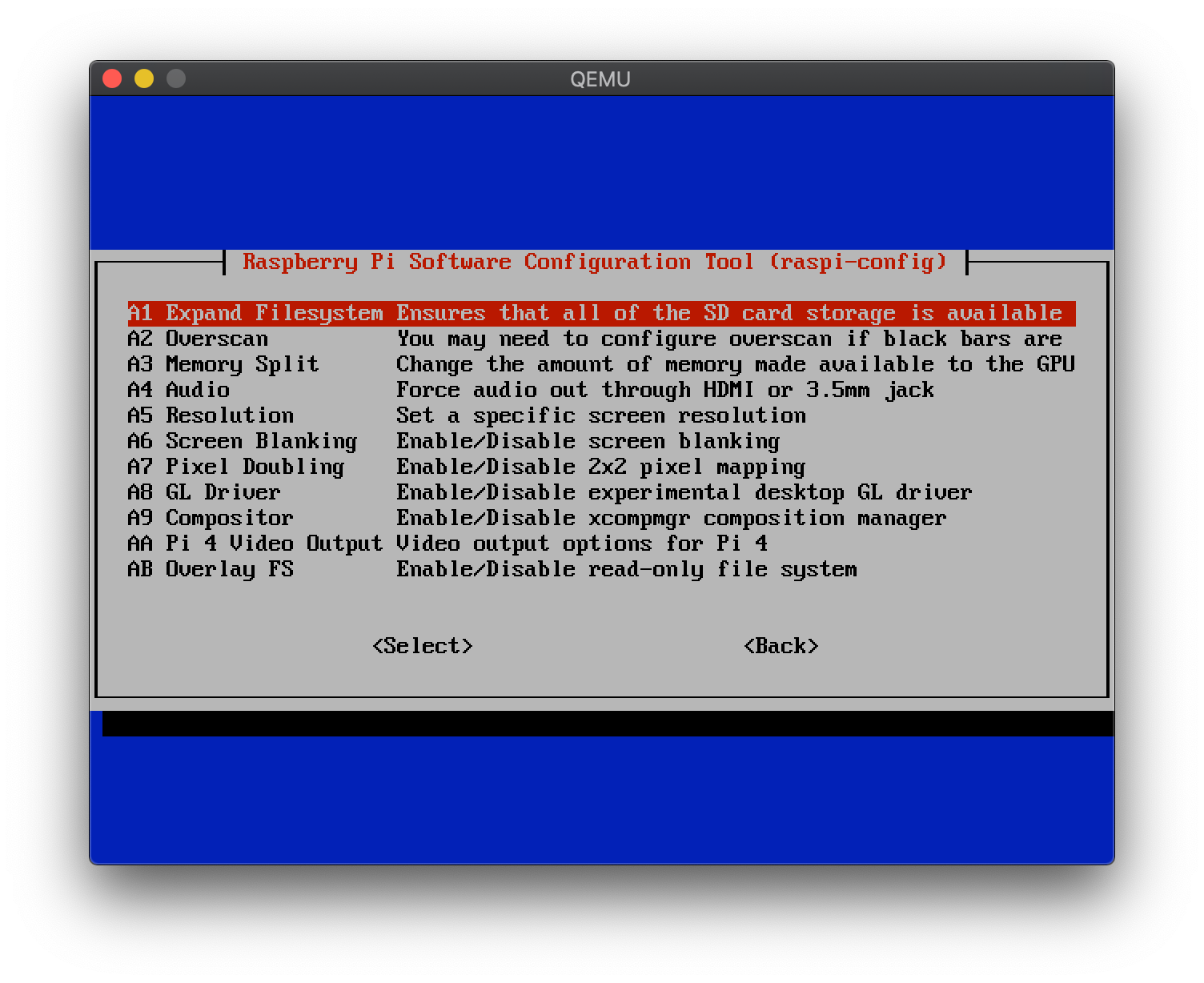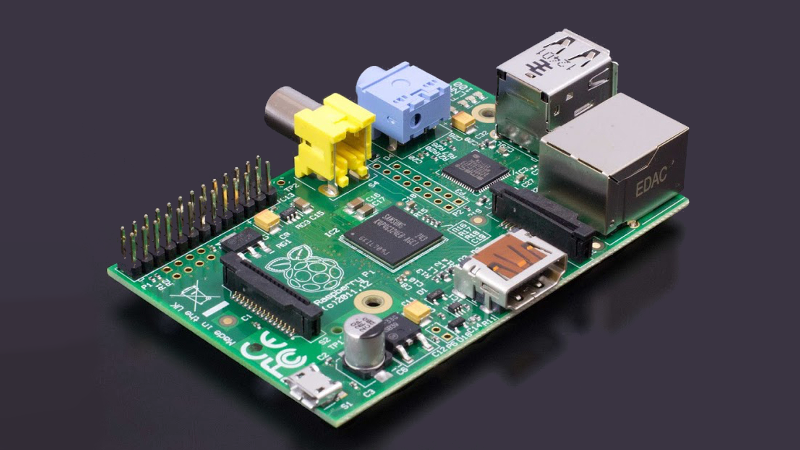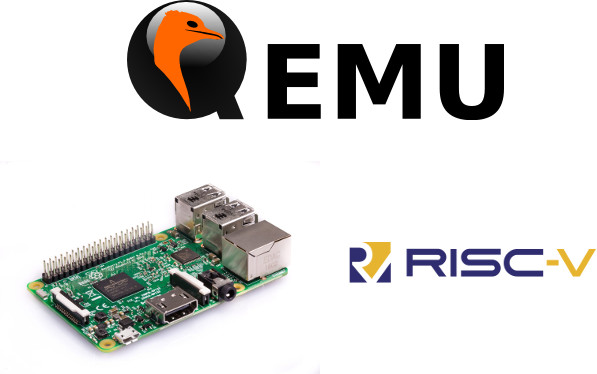
- #RASPBERRY PI QEMU HOW TO#
- #RASPBERRY PI QEMU INSTALL#
- #RASPBERRY PI QEMU DOWNLOAD#
- #RASPBERRY PI QEMU MAC#
# /dev/mmcblk0p1 /boot/firmware vfat rw 0 2

# All other file systems have fs_passno=2 as per fstab(5) for automatic fsck. Now change the fstab to: # The root file system has fs_passno=1 as per fstab(5) for automatic fsck. I would recommend you to dublicate the original file and save it as an fstab_backup or similar. For this we need to mount the image and edit with an editor of your choice the the /etc/fstab. Last step before we can run the image now, is to change the /etc/fstab on the rootfs partition of the image. If you want to create a new project you just need to copy the script and the folder and change the appendix "-blankimage" into your project name and change that as well in the path in the "start-.sh" launch script. This is a project folder strucutre, where you should have the disc image (which is flashable to a SDcard at anytime) and in the "debian_bootpart" you should have all the required helper files and kernels. This is how it should look like: Folder structure, where every folder is one project and the startup scripts are placed in the top folder to start the each project with individual settings. Now you should have these files and copy them via finder into the project directory we created earlier over the terminal: ~/QEMU/rpi3-64bit-blankimage/ L-raspbian-buster-lite-blankimage.img
#RASPBERRY PI QEMU DOWNLOAD#
For raspbian buster you can download the whole package here: Now we need to download the raspbian image, a working kernel for the raspbian distribution and a versatile DB.ĭownload the raspbian buster image, in our case here:Īs we want to simulate and run the image on a Raspberry with 64bit we need a fitting kernel, versatile-db.dtb file and the helper files.

Last thing to do is to make the script file executable: $ chmod +x qemu_script.sh Now save and exit with STRG+X and confirm saving with Y (Yes) and hit enter. device virtio-blk-device,drive=hd-root \ drive file=~/QEMU/qemu-rpi3-64bit-blankimage/-raspbian-buster-lite-blankimage.img,format=raw,if=sd,id=hd-root \ append "rw root=/dev/vda2 console=ttyAMA0 loglevel=8 rootwait fsck.repair=yes memtest=1" \ Now copy and paste this script into the terminal editor: qemu-system-aarch64 \ $ mkdir ~/QEMU/qemu-rpi3-64bit-blankimageĬreate a script file with nano: $ nano start-qemu-rpi3-64bit-blankimage.sh

Create a the main folder and the first projectfolder: $ cd ~/ I also have a blank project which I always copy for a new project to start from. I use a folder in my homedir called QEMU that includes a folder per project with the scripts on main folder. Next is to setup our work and folder environment and the scripts. Now we have all needed resources installed.

#RASPBERRY PI QEMU INSTALL#
Open Terminal and enter this: $ /usr/bin/ruby -e "$(curl -fsSL )"Īfter brew installed successfully we want to install QEMU, an easy OS emulator: $ brew install qemu So you can start tinkering in no-time before deploying on a life rpi.
#RASPBERRY PI QEMU MAC#
It enables your Mac to start and simulate a Pi 3 and all its (web)services via the terminal.
#RASPBERRY PI QEMU HOW TO#
This is a quick guide on how to setup your Mac to mount and run Raspbian images for rapid rpi prototyping, testing and tinkering.


 0 kommentar(er)
0 kommentar(er)
